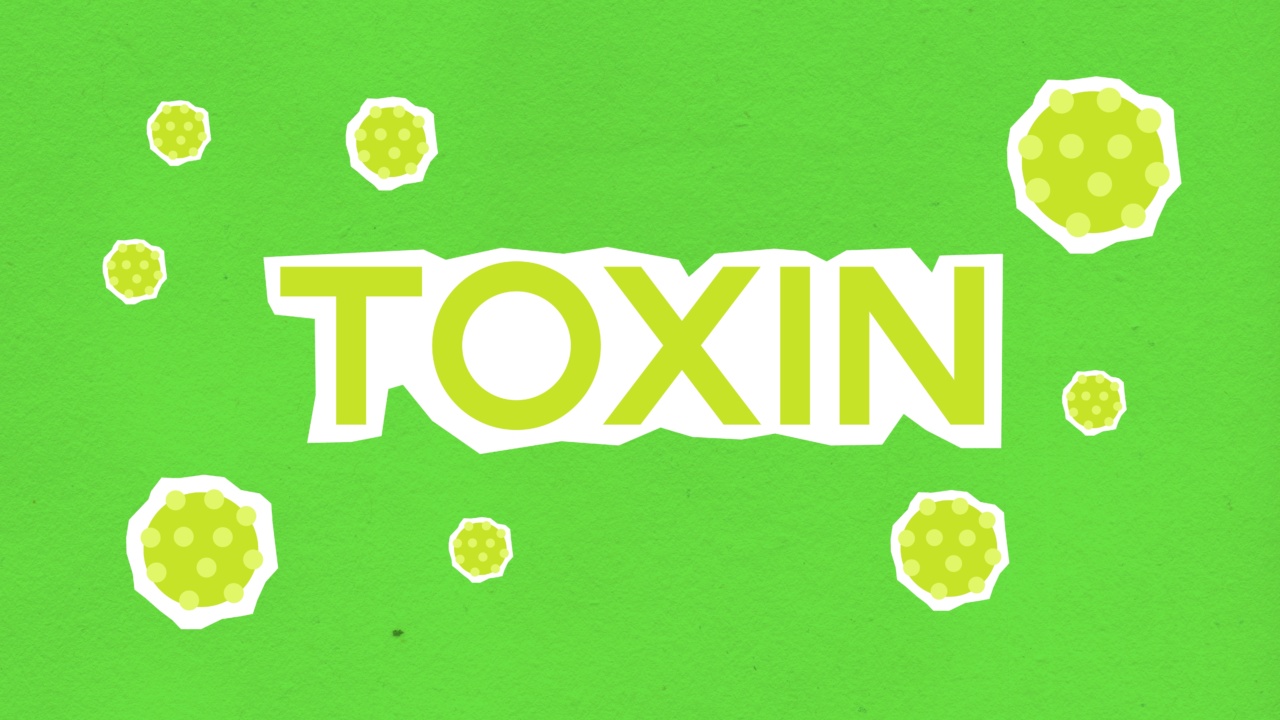The timing of childbirth is a topic that has sparked much discussion and speculation, particularly when it comes to potential impacts on a child’s health and development.
One area that has received particular attention is whether the timing of childbirth can influence the risk of autism. Autism, or autism spectrum disorder (ASD), is a complex neurodevelopmental condition that affects social interaction, communication, and behavior.
It is important to understand the potential factors that may contribute to the risk of autism, including the timing of childbirth.
What is autism?
Autism is a lifelong condition that typically manifests in early childhood. It is characterized by impaired social interaction, communication difficulties, repetitive behaviors, and restricted interests.
The exact causes of autism are still not fully understood, but it is believed to be a combination of genetic and environmental factors.
The prevalence of autism
The prevalence of autism has been steadily increasing over the past few decades. In the United States alone, the Centers for Disease Control and Prevention (CDC) estimates that 1 in 54 children are diagnosed with ASD.
This increase in prevalence has led researchers to explore potential factors that may contribute to the risk of autism, including the timing of childbirth.
Maternal age and autism risk
Several studies have investigated the relationship between maternal age and the risk of autism. Advanced maternal age, which is generally defined as age 35 and older at the time of delivery, has been associated with a slightly increased risk of autism.
A study published in JAMA Psychiatry found that children born to mothers aged 35 years or older had a 30% increased risk of being diagnosed with ASD compared to children born to mothers in their early 20s.
Researchers have hypothesized that advanced maternal age may contribute to an increased risk of autism due to the higher likelihood of genetic mutations in the eggs of older women.
As women age, the quality of their eggs decreases, which may increase the chances of genetic abnormalities. However, it is important to note that the majority of children born to older mothers do not develop autism, indicating that other factors play a role as well.
Paternal age and autism risk
In addition to maternal age, paternal age has also been found to be associated with the risk of autism. Several studies have shown that advanced paternal age is linked to an increased risk of having a child with ASD.
A study published in JAMA Pediatrics reported that the offspring of fathers aged 45 years or older were at a significantly higher risk of developing autism compared to offspring of fathers in their early 20s.
The exact mechanisms behind the association between paternal age and autism risk are still unknown.
However, similar to advanced maternal age, it is hypothesized that the increased risk may be due to higher rates of genetic mutations in sperm as men age. Nonetheless, it is important to note that the overall risk of having a child with autism remains relatively low, even for older fathers.
Birth spacing and autism risk
Another aspect of the timing of childbirth that has been examined in relation to autism risk is birth spacing, also known as interpregnancy interval (IPI).
Birth spacing refers to the amount of time between the birth of one child and the conception of the next.
A study published in the journal Pediatrics found that shorter birth intervals of less than 12 months were associated with an increased risk of autism.
The study reported that children born less than 12 months after their older sibling had a 40% higher risk of being diagnosed with ASD compared to children who had a birth interval of 36-47 months.
However, it is important to interpret these findings with caution. Other studies have failed to find a significant association between birth spacing and autism risk.
More research is needed to fully understand the potential relationship between birth spacing and autism.
Other factors influencing autism risk
While the timing of childbirth may play a role in the risk of autism, it is crucial to remember that it is just one of many factors that can contribute to the development of the disorder.
Autism is a complex condition influenced by a combination of genetic, environmental, and epigenetic factors.
Genetic factors have a substantial impact on autism risk. Certain genetic mutations and variations have been identified as risk factors.
However, it is important to note that not all individuals with these genetic factors develop autism, suggesting that environmental factors may also be involved.
Environmental factors, such as maternal exposure to certain medications, infections during pregnancy, exposure to toxins, and complications during birth, have been hypothesized to contribute to autism risk.
However, the specific mechanisms and interactions between genetic and environmental factors are still not well understood.
Conclusion
While the timing of childbirth is a topic of interest when discussing autism risk, it is important to approach it with caution.
Advanced maternal age and paternal age have been associated with a slightly increased risk of autism, but the overall risk of having a child with autism remains relatively low. The relationship between birth spacing and autism risk is still inconclusive, with some studies suggesting a potential association, while others report no significant link.
It is crucial to remember that autism is a complex condition influenced by a combination of genetic and environmental factors, and timing of childbirth is just one piece of the puzzle.































